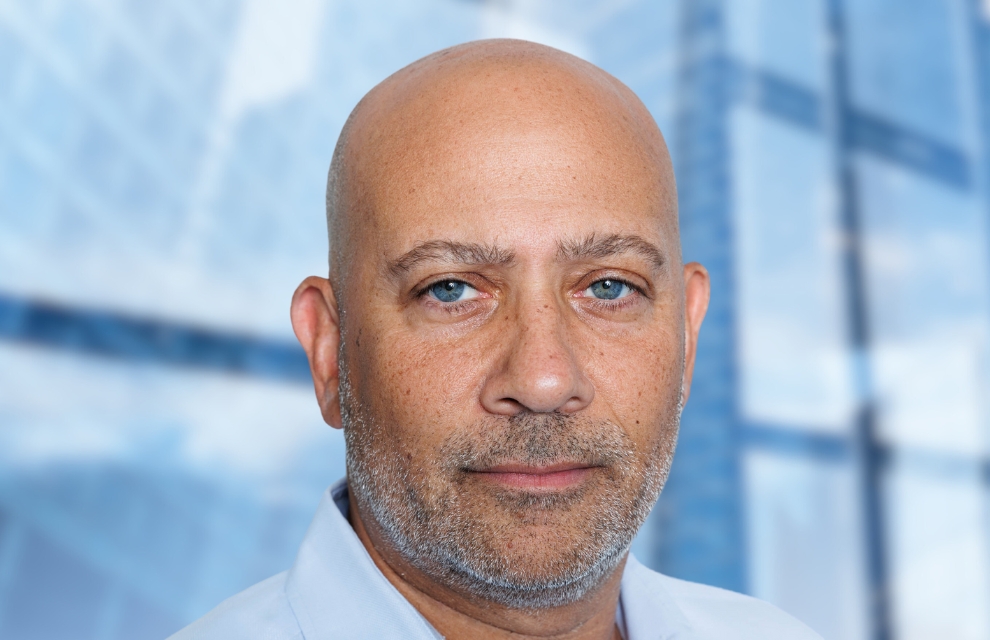What do prospects look like for the securities lending industry in 2025 and Clear Street?
I am bullish for the industry in 2025, despite the pace of industry-wide lending activity in 2024 that caused headwinds for most players. According to S&P Global data released in August, revenues declined across all equity regions, while securities lending markets revenues declined nine per cent year-over-year (YoY). We have opportunities ahead. Even though the Fed may lower rates, securities lending spreads should widen next year. Due to the state of US politics today and the geopolitical pressures across Europe and Asia, we should see more volatility across both fixed income and equities, creating opportunities for our industry.
In late 2024, we continue to see pressure on month-end and quarter-end funding needs across the industry, which should continue into 2025. As the need for funding continues to increase across not only hedge funds, but the growing family office segment, these spreads may also widen. Additionally, with the continued pressure on risk-weighted assets (RWAs), liquidity coverage ratio (LCR) and collateral optimisation, there is still a robust need for transformation trades, upgrades and downgrades.
Clear Street has been successful in covering our client funding needs as our assets have continued to grow. We believe that Clear Street will continue to be a more active and premier destination for our clients.
How do you see technological innovations, particularly with respect to electronic trading venues, developing?
As industry flows increase and the trend of doing more with fewer people continues due to pressures to take advantage of technological innovation, 2025 will be an interesting year with the competition for electronic trading venues and for the securities lending industry on the whole. According to research from Coalition Greenwich’s fixed income trading technology report earlier this year, e-trading has seen a surge in Q1 wherein 44 per cent and 29 per cent of investment-grade bonds and high-yield bonds respectively were traded using electronic means. The report adds: The journey to more electronification is very different across participants, with most embracing at least some e-trading in their workflows today.”
Similar to our industry, competition between EquiLend, FIS, Wematch, Trading Apps, GLMX, Pirum and firm B2B options to include both large and small participants should see some real winners and losers as adoption increases. Coalition Greenwich also pointed out that these venues “serve as a hub for the buy side, the trading venues and their dealer counterparties, allowing traders to discover and negotiate prices in an efficient manner without turning to different platforms and systems”.
At Clear Street, not only have we built our own proprietary back end stock record, client locate system and front end trading platform, we also plan on ingesting all of the venues into our front end to optimise both borrowing and lending. We continue to aggressively increase our footprint in prime brokerage, market making, active trading, the professional trading segment and synthetic prime brokerage and have the flexibility to meet our clients wherever they wish to trade. Clear Street’s inherent DNA as a tech-first firm fuels our flexibility. We operate on one unified tech stack across the organisation with architecture that allows us to rapidly scale for new opportunities. This allows us to expand our business model across client types, asset classes and geographies like Europe and Asia, where demand is sure to increase in 2025.
What are you seeing from a technology perspective? What is Clear Street’s value proposition in this respect?
Clear Street is built from a single tech source that enables flexibility, speed, and operational efficiency. Over half of our most recent employee headcount are technologists and coders who are dedicated to our vision. We can produce and execute both firm and client needs in a timely manner. Our flagship product, Studio, is the in-house, all-in-one portfolio management platform that enables our clients to access risk and margin, exposures, PnL and analytics reports instantly. Studio also gives both large and small clients access to an EMS, OMS, PMS and RMS to help build their businesses. With more asset managers coming online with smaller infrastructures, it is a necessity to give them solutions to run their business.
Even with the rapid technological advancements we see today, how important is the ‘human element?’
While we are a tech firm at our core, Clear Street will never lose sight of the human element. We often say that the Clear Street ‘winning combination’ is our technology plus our people, equating to a relentless client-centric focus. As we build technology that is purpose built bespoke for clients’ needs to solve their pain-points, the human element is everything on top of that and together, that is how we win. We still need people to press buttons, answer emails, phones (yes — we still use them), chats, and talk to our clients in any way they want to communicate. Our hiring has increased year-over-year and we expect this trend to continue.
“While we are a tech firm at our core, Clear Street will never lose sight of the human element. We often say that the Clear Street ‘winning combination’ is our technology plus our people, equating to a relentless client-centric focus.”
We recently announced a new CEO and we have made some incredible hires from across the Street over the last year. Clear Street aims to hire the best and brightest who have built businesses in their prior lives or those who have been successful despite working at a place with antiquated technology, onboarding challenges, highly stringent risk and credit policies and new business funding and resource challenges. While a lot has changed in our industry, some things still remain the same. At Clear Street, the customer comes first — always. We must service them with quick and accurate responses, flexible cut-off times, precise onboarding, timely risk and credit analysis, and a positive overall experience. We listen to our clients and give them the solutions they need to run their business.
How has the firm’s work for the traditional retail investor changed?
We have seen the demand for services increase from the more traditional retail investors as they become more sophisticated. Data, costs and trading accessibility, have all become cheaper and easier for a crowd that was disadvantaged for a long time. Not only are we seeing sophisticated trading strategies create more needs for asset managers under US$500 million, but our Clear Street Active Trading clients (formerly CenterPoint securities) and broker-dealer clearing partners increasingly benefit from the services traditional prime brokerage clients have requested for some time. There is a need for a long list of solutions such as 24 hour trading for both locates and cash execution trading, fully paid lending, repo trading, increases in asset classes, cross-product margining, clearing in local currencies and a ‘Follow the Sun’ coverage model. All of this lines up well for Clear Street as we continue to position ourselves and grow in this space.
Can you leave us with your parting thoughts about the future of securities lending?
I remain very bullish for equity finance revenues across all asset classes and regions. I am very excited about the entry of new players to the space and expect the incumbents to become more efficient managing their books. In-house technology budgets should grow but the à la carte choice of outstanding vendors should continue to grow as many of these firms complement what is being built in-house. Upcoming regulations should also increase the overall transparency in our market.
Our market continues to evolve and become more efficient, which should not only bode well for 2025 but for many years to come. As international investors continue looking to the US markets, assets and opportunities to optimise these assets should grow as well. Lastly, I am a firm believer that the growth in technology, especially with all the prospects of AI, still will not replace the human element of our business. I have always valued the relationships that I have built over the years and that will never change.
← Previous interview
Tiger Brokers
Keith Lee
Next interview →
S&P Global Market Intelligence
Karen King
 Image: Rob Sackett
Image: Rob Sackett 